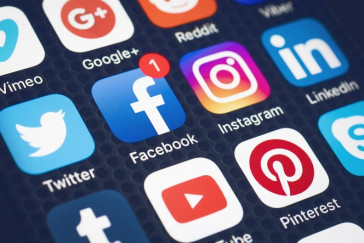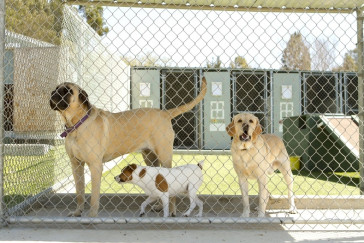10 Ways to Use Facebook in Your Classroom
Facebook, unlike other social networking sites envelops the life of every person in the globalization era. It has become a ubiquitous part of our lives this way or the other. Though adults are less prone to accessing these social networking sites, however, teens are most accustomed to using Facebook. While adults mostly look upon Facebook to network with their friends, colleagues, families, etc.; whereas for teenagers, Facebook occupies a decidedly different place in their life. The teens' communities try to look for various examples in these sites and mimic how to become proficient individuals and responsible citizens of the society. So, Facebook mainly plays the function of a friend guru as well as a guide in a student's life when it comes to the digital world and modern day technological progress.
Facebook proves a veritable boon not only for the teens, but also teachers if they try to integrate the academic curriculum via this social networking site. It certainly makes sense to use social network to associate with students, moreover, prepare a new learning style as well as access knowledge content. A teacher can use Facebook by creating a professional Facebook account to connect to the students and establish a link with the classroom lessons. Similarly, the students too can consider doing the same by using their school email ID for the new account and link their personal account with their personal email address.
Modern Ways to Use Facebook in the Classroom
Some of the modern day technologically scientific ways to use Facebook in a classroom are analyzed below:
- Teachers can connect with their disciples by posting quizzes, reminders and notes on required readings.
- Students can connect to their local community by posting activities, lectures, theatre performances incidental to their classroom studies.
- Let the students better connect to the outside world by posting videos, news, essays relating to class topics and discussions.
- Create a fictitious profile or fan page of famous personalities or historical figures, etc. So that the student can understand his or her lifestyle better and try to learn significant things from them.
- Students' learning disciplines like social science, media, film, religion, politics, etc. can participate in the online surveys and opinions posted by their teachers on Facebook for research.
- Teachers can create varied Facebook groups online to distribute learning content and share a central place for communication with their students. This helps support the power, in addition to popularity of this networking application.
- One can tune into lectures and access remote lessons and presentations all over the world.
- Teens can follow local and international museums and art galleries, exhibitions, etc. and enrich their learning on Facebook.
- Teachers can post exercise questions on Facebook and request students to comment on the them, which will help judge the student's intellect and fair understanding of the topics taught in the class. These comments can be used by teachers in parent and student meetings, etc. in order to analyze the student's progress.
- Instructors can send short messages and use them as reminders. A message about notable projects or tests will work out good.
To conclude, integrating technology in the classroom via Facebook doesn't need to be frustrating. The above strategies will help in incorporating technology into a regular classroom in tracks that are comfortable, valuable as well as inexpensive. Thus, Facebook can actually change the viewpoint of both the students as well as their parents regarding the use of the social networking sites in this digitally dynamic world.
Author Bio: Bogdan G. is a regular contributor at www.globalpuzzle.net, which is a challenging online puzzle game that hides wisdom to be gained at the very end.
Image credit: birgerking on Flickr





